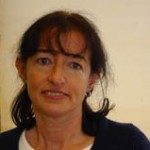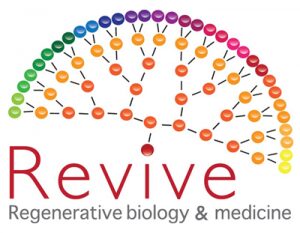Présentation
We recently found (Ramond et al 2014, Nat Immunol) that the mouse thymus is colonized by successive waves of progenitors that differ in their developmental stage and function. Our observations show that the T cell compartment is established by the progeny of at least two distinct cell types: the first differentiates faster and generates fewer cells, while the second, differentiating more slowly, is capable of giving rise to a larger progeny. A genome wide transcriptome analysis revealed different transcription signatures in thymocytes from both waves. Consistent with their higher proliferative capacity, progenitors from the second wave express higher amounts of cyclin D1 and lower amounts of cyclin dependent kinase inhibitorsa and c. We are currently developing projects that aim at: a. Understanding the molecular basis for the different characteristics of the progenitors from the two waves, by the analysis of mice deficient for proteins that are differentially expressed in thymic progenitors from the first and second waves; b. A detailed characterization of the different T cell populations generated by the first and second waves of thymic immigrants, by an analysis of the different T cell populations generated in chimeric mice with T cells from either wave of progenitors; c. Understanding the mechanisms underlying lymphoid lineage specification by the molecular characterization of fetal liver subsets of the common lymphoid progenitor.



